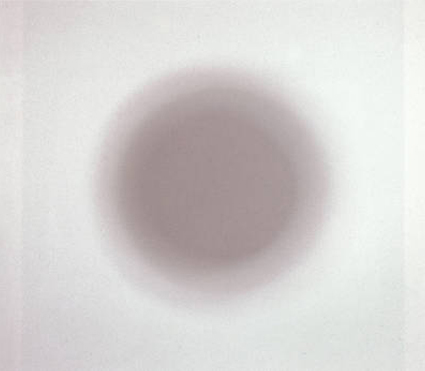There's a bit of this, a bit of that at the Whitechapel Open and New Contemporaries. But there's a lot of the other. By Andrew Graham-Dixon
It is often said that East London contains the largest and most concentrated population of visual artists in Europe. This impressive if unverifiable statistic is presumably thought to be cause for civic pride: hard numerical evidence of the rule of culture and enlightenment in the borough of Tower Hamlets. But this year's Whitechapel Open exhibition proves - to adapt Mies van der Rohe - that more can often be less.
The fact that this year's Open has spread beyond the Whitechapel Gallery itself - the top floor of the Atlantis Gallery, in Brick Lane, accommodates the overspill - can be taken to reflect the organisers' view that the number and quality of submissions to the Open, these days, calls for a policy of expansion. But there is a case too for more stringent methods of selection. Roughly 200 artists, said to have been whittled down from 10 times that number, have been deemed worthy of inclusion, so the exhibition may be said to represent the tip of the iceberg of East London visual creativity. Much of it, however, calls to mind another kind of tip.
Looking at some of the work that has been included, God only knows what the stuff that was left out must have been like. Did space really have to be found for Milo Garcia's mechanised skipping rope? Were Max Holdaway's self- portrait busts in kitchen aluminium foil really indispensable, in the circumstances, to the overall impact of the exhibition? And was it really necessary to give audiences quite such a comprehensive overview of the state of bad splashy abstract painting today? Generosity - future selectors might bear...


